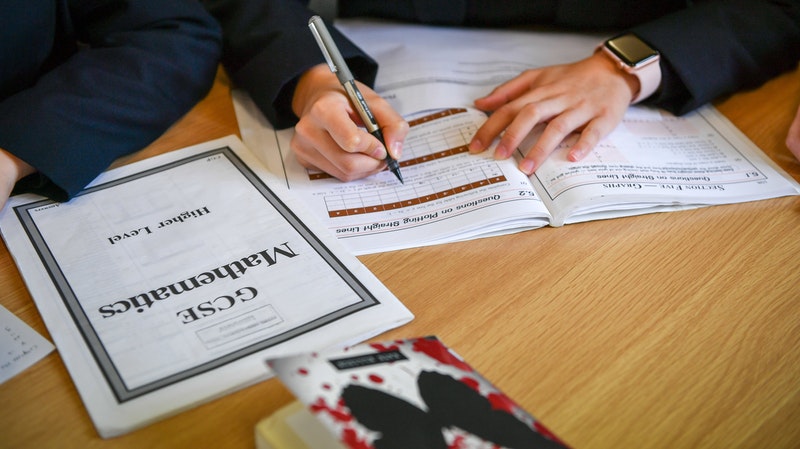The key stage 4 disadvantage gap between poor students and their peers widened last year, wiping out the progress made over the last decade.
Analysis from the Education Policy Institute (Tuckett et al, 2022) shows that disadvantaged pupils are now an average of 1.34 grades behind their peers in GCSE English and maths. This gap has widened by 8% – or 0.10 grades – in 2021.
The report states: “2021 marks the largest annual increase in the disadvantage gap since 2011 and contrasts with 2020, when the gap was little changed. Since 2015, progress in narrowing the gap had stalled, and following the pandemic, has gone into reverse.”
Furthermore, the EPI analysis shows that the GCSE gap for persistently disadvantaged pupils – those considered disadvantaged for at least 80% of their time at school – widened by 6% – 0.10 grades – in 2021. It now stands at 1.7 grades.
The report adds: “Comparing 2021 to 2011, there has been no progress in closing the gap for persistently disadvantaged pupils over the last decade. The gap for persistently disadvantaged pupils is over twice the size of the gap for those who experience poverty more fleetingly.”


